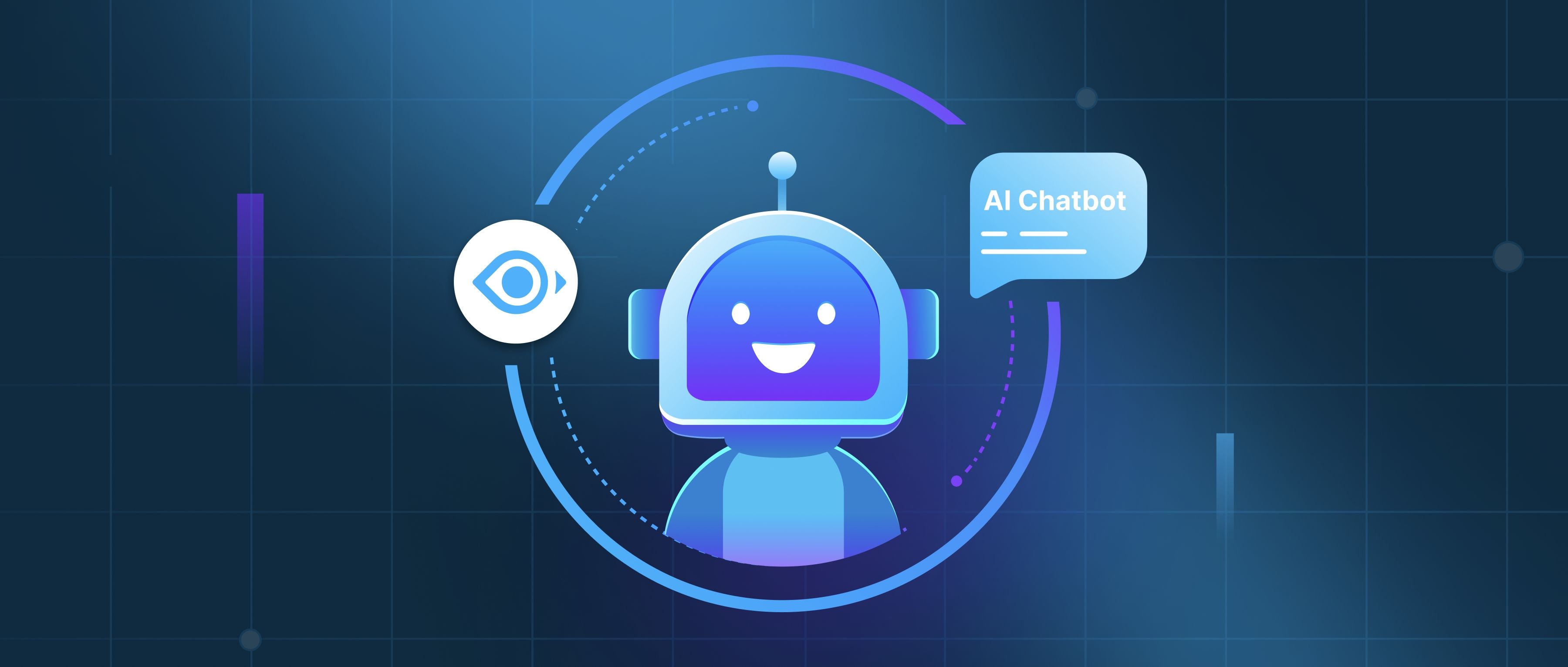When evaluating a RAG system, retrieval and generation metrics should be analyzed both separately and in combination to provide a complete picture. Here’s how to approach this:
1. Present Metrics Separately for Diagnostic Clarity Retrieval metrics (e.g., recall@k, precision, NDCG) and generation metrics (e.g., ROUGE, BLEU, BERTScore) should first be reported independently. This separation helps identify weaknesses in specific components. For example, low recall@k indicates the retriever is missing relevant documents, while a low ROUGE score suggests the generator struggles to synthesize accurate responses. Developers need this granularity to debug and improve individual components. For instance, if retrieval scores are strong but generation metrics lag, efforts can focus on fine-tuning the language model or improving context utilization.
2. Use Task-Specific Combined Metrics for Holistic Evaluation
Aggregating metrics is useful to reflect end-to-end performance. One approach is to weight retrieval and generation scores based on the application’s priorities. For example, in a fact-heavy QA system, retrieval accuracy (e.g., recall@5) might be weighted higher than fluency metrics. Alternatively, composite metrics like RAGAS Faithfulness (measuring if generated answers align with retrieved content) or Answer Relevance (assessing if the answer addresses the query) inherently combine retrieval and generation quality. These metrics evaluate how well the generator uses retrieved information, bridging the two stages. For custom applications, a product of normalized retrieval and generation scores (e.g., retrieval_score * generation_score) can highlight dependencies: poor retrieval drags down the total, even if generation is strong.
3. Leverage Human Evaluation and Domain-Specific Benchmarks Automated metrics alone may miss nuances like coherence or factual correctness. Pair them with human evaluations that rate answers for accuracy, completeness, and relevance. Additionally, domain-specific benchmarks (e.g., HotpotQA for multi-hop QA) often define task-level metrics (e.g., answer accuracy) that implicitly combine retrieval and generation. For instance, if a system answers correctly only when relevant documents are retrieved, this end-to-end metric reflects both components’ effectiveness. Developers should align aggregation strategies with real-world use cases—for example, prioritizing retrieval precision in legal applications but emphasizing generation fluency in chatbots.
In summary: Use separate metrics to diagnose component-level issues, employ task-specific combined metrics (like RAGAS or custom weighted scores) to assess integration, and validate with human judgment or domain benchmarks. This layered approach balances transparency with practical performance insights.
